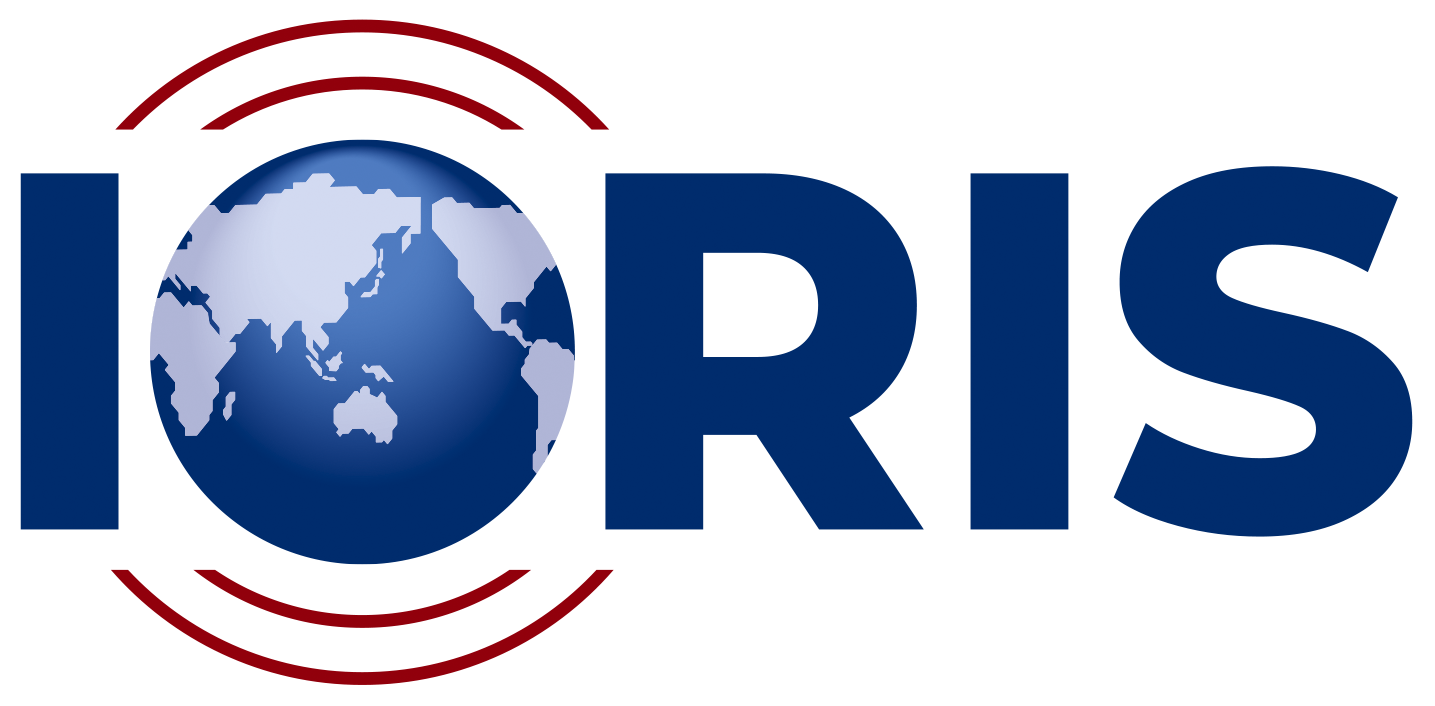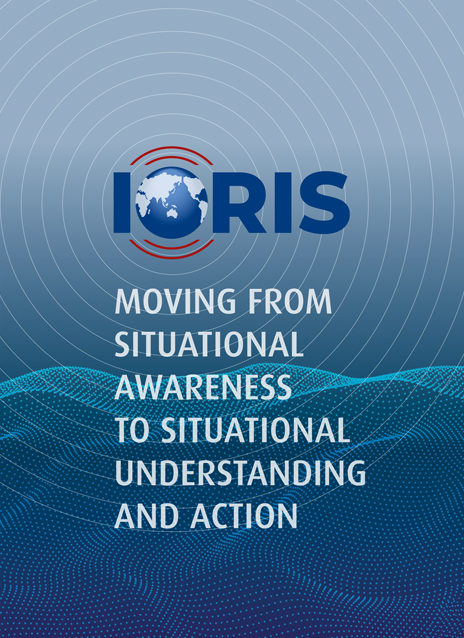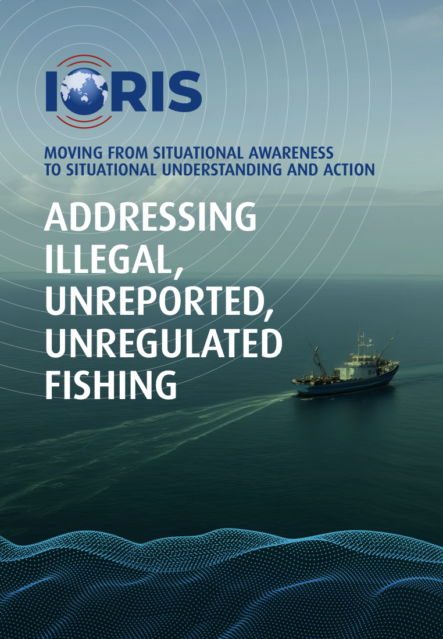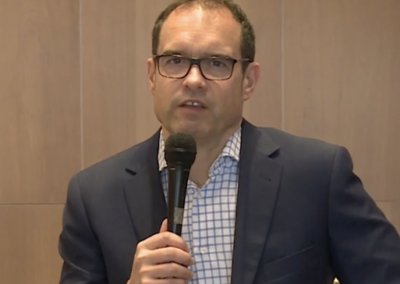Media
Videos
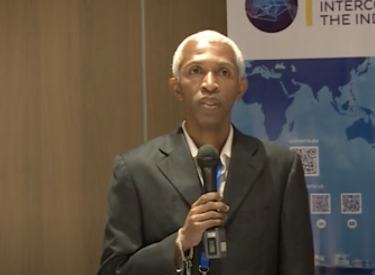
Nelson Delicieux Mihajaritiana explains how RCOC uses IORIS to address maritime challenges
Nelson Delicieux Mihajaritiana explains how RCOC uses IORIS to address maritime challenges.
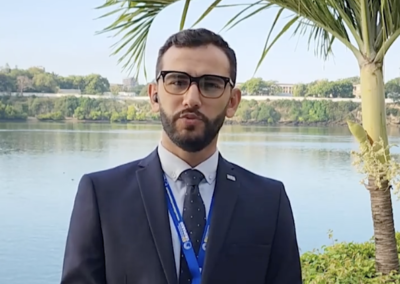
Elie El Sayah, CRIMARIO expert, explains the mandate of the Operational Working Group
The Operational Working Group’s mandate focuses on three main aspects: first, to ensure IORIS continues to meet the needs of maritime operations across the Indo-Pacific region.
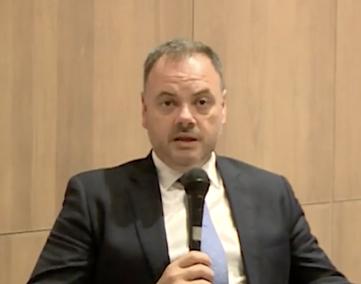
Diego Ron, CRIMARIO expert, explains the mandate of the IORIS Legal Working Group
The Legal Working Group’s mandate is to ensure that IORIS is used according to laws and regulations, including the European Union General Data Protection Regulation.
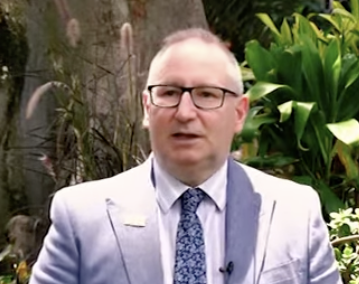
Dave Nattrass, CRIMARIO deputy director, explains the mandate of the IORIS Technical Working Group
The Technical Working group is mandated to develop guidelines on maintaining and updating IORIS, including overseeing the development.
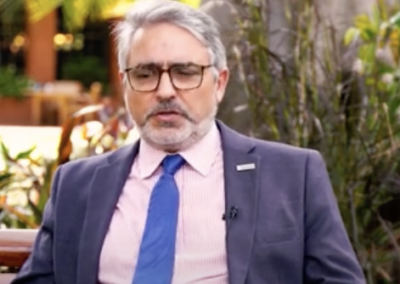
Martin Cauchi-Inglott, CRIMARIO Project Director, explains what IORIS is.
Many of you have heard about CRIMARIO’s prime software tool, IORIS. What is IORIS exactly, and what added value does this bring?
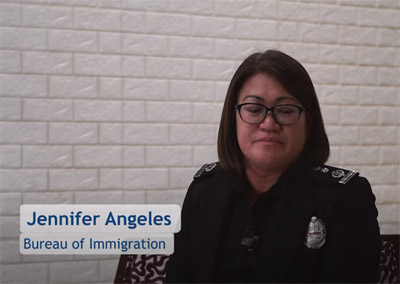
Why and how can IORIS support national and regional cooperation?
We asked Jennifer Angeles, Bureau of Immigration, the Philippine, how IORIS can support national and regional cooperation and the roe of the National Coast Watch Centre in managing the platform. This is what she said.
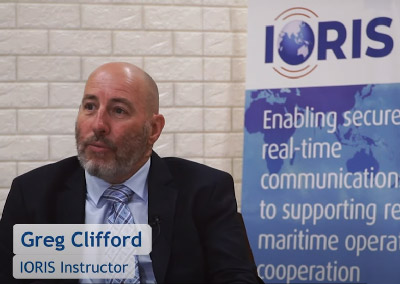
How does IORIS support maritime security?
We asked Greg Clifford, IORIS Instructor, how IORIS supports maritime security, and this is what he said.
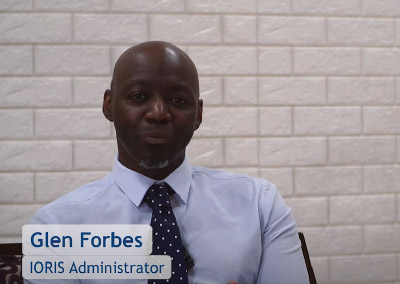
How can IORIS help fight Illegal, Unreported and Unregulated (IUU) fishing?
We asked Glen Forbes, IORIS ADMINISTRATOR, how the platform can help help fight Illegal, Unreported and Unregulated (IUU) fishing. This is what he said.
FAQ
What is the benefit of using IORIS?
IORIS is a neutral and secure information-exchange system.
Since it is a centralised system, partner agencies do not need to invest millions of euros to develop their own systems, and then make the latter interoperable with other systems at high cost.
IORIS users will be linked to other regional information exchange systems through SHARE.IT at no cost.
Governance
Who currently owns IORIS?
Expertise France (development agency) currently holds the IORIS software license as well as the source code on behalf of the European Union.
Who administers IORIS?
IORIS is currently fully funded and supported by CRIMARIO II for regional partners. This includes purchase of life-time license (EUR 20,000 per country) and provision of associated services.
Who grants AUTHORITIES INITIAL access to IORIS?
Initial request for access to IORIS platform should be sent to CRIMARIO II’s Project Director.
Who will own the source code in the future, and undertake the responsibility to safeguard and maintain the software?
The intention is to hand over IORIS from the EU / Expertise France to another legal entity (such as a newly established non-profit organisation) fully governed by the members of the IORIS Steering Committee. This hand-over is foreseen in 2025 and will not have financial implications for the IORIS users.
What will CRIMARIO’s role be and beyond CRIMARIO II’s lifespan in 2025?
CRIMARIO II will continue to act as Secretariat for the IORIS Steering Committee until 2025.
Should the EU decide to extend CRIMARIO, the role of Secretariat can be continued.
Who will be a member of the IORIS Steering Committee?
There are three levels of membership, which very much depends on the commitment of the users to IORIS
Full Member
- Received Foundation and Advanced IORIS training
- Signed the IORIS Trial Agreement
- Have responded to 75% of Comms Checks over past weeks
- Sign the IORIS Partnership Agreement (IPA) at the Steering Committee meeting
Provisional Member
- Received Foundation and Advanced IORIS training
- Signed the IORIS Trial Agreement
- Not responded to 75% Comms Check in last 3 months
- Not ready to sign (IPA)
Associate Member
- Received Foundation and Advanced IORIS training
- Not signed IORIS Trial Agreement
- Not completed 75% Comms Check in last 3 months
- Not ready to sign (IPA)
What are the benefits of being a Full Member?
Full Members will:
- Partake in decision-making concerning IORIS future
- Be eligible to receive cost-free Sat Data for limited periods.
- Be able to nominate representatives to Participation in the:
- IORIS Board
- Technical Working Groups
- Operational Working Groups
SUSTAINABILITY
How much does it cost to maintain IORIS per year?
At the moment, the total cost to run IORIS amounts to approximately EUR 200,000 per year, including Satellite AIS subscription, excluding development.
What is the initial outlay for agencies coming on board with IORIS?
CRIMARIO purchases IORIS life-time licenses for Indo-Pacific partner countries (EUR 20,000 per life-time license), as long as they commit to use IORIS daily. This could be coupled with the provision of Satellite-AIS for agencies.
Arrangements for non-beneficiary countries would need to be negotiated.
What about costs related to IT maintenance for the IORIS Software?
IORIS is a web-based platform and does not require any maintenance on the user-side.
What are the current costs associated with having access to the system?
Once a country has been provided with a life-time licence, there are no additional costs to users to access the web-based IORIS platform.
Who will cover the future costs for running IORIS after CRIMARIO II comes to an end.
The EU will ensure for the long-term sustainability and viability of IORIS as long as partners are committed to using the system.
Are IORIS maintenance costs expected to increase in the future?
If the platform continues to increase in popularity and functionality, costs will increase proportionately to manage increased infrastructure and maintenance such as data storage and support costs. These costs are foreseen to be covered by the EU.
INFRASTRUCTURE
What is the infrastructure overhead used for IORIS?
IORIS is hosted in a Microsoft Azure cloud hosting environment. This requires no specialised infrastructure at local level to use IORIS.
A PC/Laptop with Web Browser (Google Chrome recommended), robust internet connection and training are all that is required to use IORIS.
In which countries is data stored?
The primary Azure hosting site is located in South Africa. Backups/replications are managed by Microsoft and could be located in other secure Microsoft cloud hosting facilities.
All data including backups to/from server facilities and at rest are encrypted.
SECURITY / CYBERSECURITY
What are the data protection provisions?
IORIS ensures data integrity through a secure encrypted environment.
What is the authentication mechanism?
Multi factor authentication for all user logins.
Can Single Sign On (SSO) be enforced?
When creating a user, the profile will default to SSO. In exception circumstances on request, they can be changed to multiple logons.
Can attachments be encrypted? If so, what is the encryption algorithm? Are the attachments encrypted server side or client side?
An option to encrypt files during uploading to IORIS is available. Encryption is a multi-step process, files are transferred using HTTPS into the IORIS server-side application, where the additional encryption option is requested, the file will be encrypted using a built in .Net in System.Security.Cryptography service using Rfc2898DeriveBytes encryption.
The file is then stored on the Azure storage platform where every file is encrypted using a 256 AES Encryption algorithm.
By default, every file is encrypted using 256 AES encryption the additional option adds an additional encryption layer where the user controls the password.
Who can access the IORIS platform?
Only users invited by a duly appointed national Area Administrator can join an IORIS Community Area (virtual group).
When a user is added to a Community Area, a permanent notification will appear in ‘Messages’ which alerts all users to this access.
In the unlikely event that an unauthorised user accesses a Community Area, a permanent notification will also appear in ‘Messages’ which alerts all users to this access. The Area Administrator can then remove the user and report unauthorised intruder to the IORIS System Administrator (currently CRIMARIO).
In addition, the Global Administrator has access to system security/audit logs and can review user activity, if required.
DATA PROTECTION
Who has access to the information being shared in IORIS?
Only those who are:
- recipients/copied-into chat/messages;
- in Community Areas
have access to the information being shared.
Can EU institutions / CRIMARIO / BCN Ltd (software developer) have access to sovereign data being exchanged?
No, unless specifically invited to a Community Area by an Area Administrator.
Who owns the data uploaded to IORIS?
The originator of the information is the owner of the data.
How long is data retained in the system?
Any data uploaded to IORIS will remain in the system unless deleted by the Area Administrator or the originator. If an Area has been dormant for over a year, this will be deleted including the information there-in.
What happens to the data stored in the system if the platform is discontinued?
In the unlikely event that IORIS platform is discontinued, all data will remain in an encrypted environment and managed in accordance with the policy agreed among IORIS stakeholders as part of the governance process, which has yet to be defined. This could include, for example, deletion of the data in accordance with relevant certified processes agreed, or a copy of data from national areas provided to those countries if required.
SUPPORT
Who should IORIS users contact for IORIS support?
Once access is approved, the IORIS Administrator will assist countries/administrations in providing access to IORIS Training by sending an email to ioris.admin@crimario.eu
What service support is on offer from CRIMARIO?
A robust 24/7/365 support mechanism is currently in place managed by CRIMARIO with IORIS developer, the latter being the UK company BCN Ltd.
Who is responsible for the maintenance now?
CRIMARIO works closely with the IORIS developer to ensure for all maintenance and support of the platform.
What is the process to request IORIS IT support?
IORIS Community Areas are managed by nationally appointed ‘Area Administrators’ (AA). Any initial issues should first be raised with them.
If the AA is unable to resolve, further support is available as follows.
Level 1 – Contact the designated CRIMARIO Country Representative
Level 2 – AA, Country Representative, or end user can raise technical support request directly with the IORIS Coordinator
Level 3 – IORIS Administrator to raise support ticket with IORIS Developer
(ioris.admin@ioris.org )
FUNCTIONALITY
What mobile functionality is there?
Though IORIS can be accessed from any location, it is not currently optimised for Mobile devices.
A Mobile Application version could be included in the next major development planned for 2025.
Can vessels at sea and aircraft in flight use IORIS?
Mobile units can access IORIS if they have a data connectivity, through a standard PC or Laptop.
For low data connections, the user can switch to a ‘Low Bandwidth’ option with turns off the AIS and Mapping area, leaving all remaining Messages/Private Chat/File sharing functions available.
Is there an offline capability?
There is currently no offline capability, however, this can be explored for future development if there is a requirement.
How interoperable is IORIS with other surveillance inputs e.g. space based observation or terrestrial data feeds such as coastal AIS, port radar etc?
Users can also import .csv / .kml data from their local data sources into IORIS as required.
Enhanced data imports /feeds / interoperability functions are possible for coastal AIS/VMS and other data sources for future major IORIS developments planned in 2025.
SATELLITE SERVICES
Who is funding the provision of satellite data for IORIS?
The EU has allocated funding for beneficiary partners to request commercial satellite data on a case-by-case basis, to be filtered by CRIMARIO.
What kind of satellite data is currently being provided?
CRIMARIO currently has a contract with SPIRE to provide satellite-AIS to selected agencies. The current refresh rate with AIS is about 15 minutes.
Other layers can be added.
Which kinds of satellite data will be provided to IORIS in the future?
The contract for the provision of satellite services is in the process with first services expected by end of 4th quarter of 2023.
Engagement with all major providers will be part of the process, but it is not possible to assess which companies(s) will provide what kind of data as a tender has yet to be launched.
CRIMARIO has partnered with Allanai to receive Skylight data, which offers analytics based on artificial intelligence.
Can EU satellite data be acquired through IORIS?
The option to acquire satellite data from European satellites is currently being assessed, and if the case, current intentions are for this to be for specific scopes, not 24/7.
How will users request satellite data in the future?
The intention is to integrate the process of accessing/requesting satellite data through IORIS, with the data being overlayed on the IORIS map.
